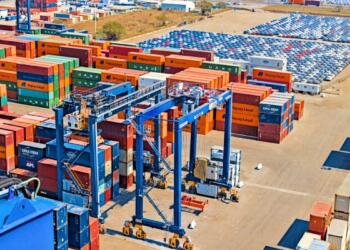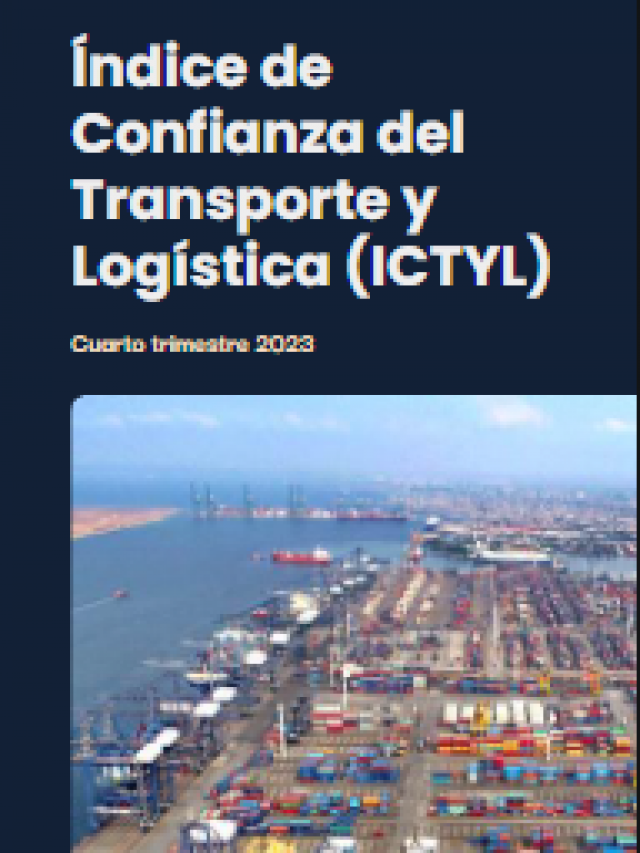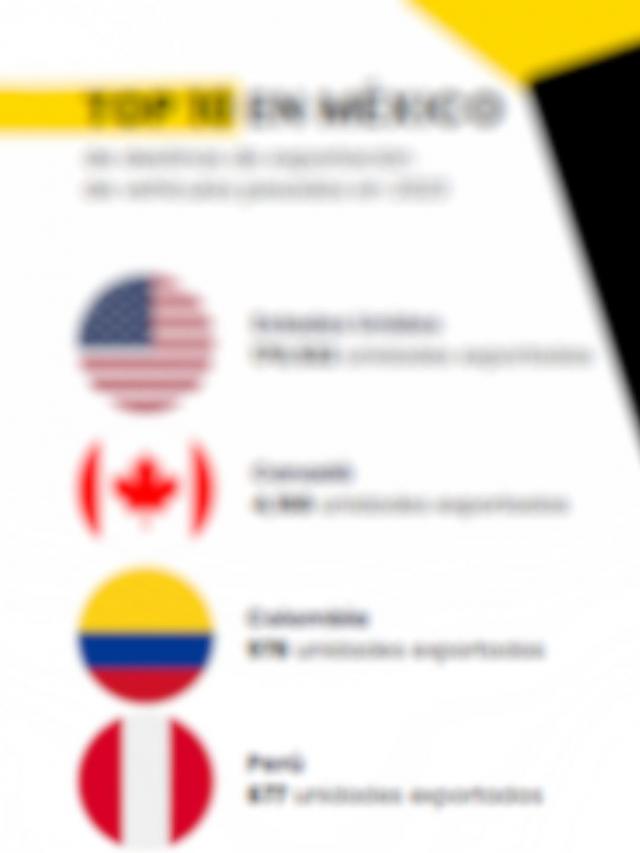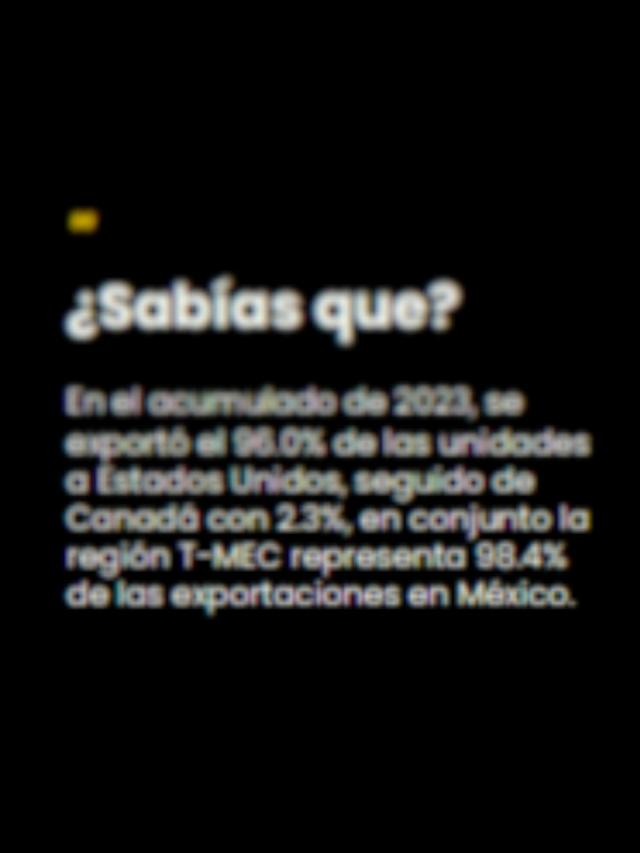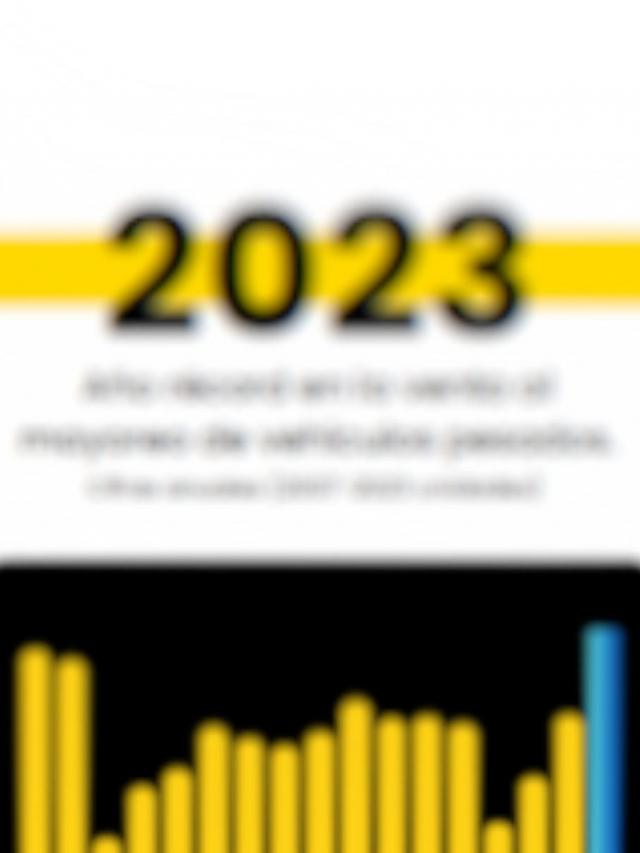
In the United States, the cost of purchasing a new car has become more complicated simply because the vehicle has crossed the border. Starting April 3, 2025, this has become a reality for American consumers and automotive companies due to the 25% tariffs imposed by President Donald Trump on imported vehicles.
In an interview with T21 , Juan Francisco Torres Landa , leading partner of the international law firm Hogan Lovells , identified three scenarios that have this industry and several markets around the world in uncertainty.
On April 3, Trump’s tariffs targeting cars and auto parts not manufactured in the United States went into effect with the promise of “protecting” the American auto industry. However, for Torres Landa, the picture is more complex, as this issue has shades of the good, the bad, and the ugly, just like in a movie.
“The good thing is that we didn’t fall into the most adverse scenario, which could have been a complete implosion of the trinational trade relationship, and even have broad reciprocal tariffs, particularly in our case with the United States,” he emphasized.
According to the National Institute of Statistics and Geography (INEGI) , car production in Mexico reached four million units in 2024, of which 2.8 million were exported to the United States.
“The automotive industry accounts for a quarter to a third of total trade between Mexico and the United States. It’s no small feat,” the specialist noted.
Although the outlook for the automotive industry is not good, Torres Landa indicated that Mexico did not experience a complete implosion of the United States-Mexico-Canada Agreement (USMCA) .
As for the “bad” side , he pointed out that the 25% tariffs apply to non-US components, but “how do you calculate that for a car with 10,000 parts? Dissecting exactly how many parts come from the United States is much more difficult than a simple sum,” he explained, adding that as part of the uncertainty, companies like Stellantis have already taken measures to temporarily alleviate this blow, such as pausing their plants in Mexico “because it creates an existential problem when you don’t know how to calculate the origin of parts from the United States.”
For Torres Landa, the most worrying aspect is “the ugly side” : the violation of the USMCA. “The rules of origin are being violated. The United States unilaterally says that the pieces are not from North America, and that it’s not the percentage stipulated in the treaty, but rather the content they say is from the United States. This treaty, which Trump renegotiated and signed, now looks like a canvas he himself wants to erase,” he added.
Faced with this situation, the major automakers are not happy, he noted.
“Ford, GM, and Stellantis have been at the White House saying, ‘If this is to help us, they’re not helping us.’ The phrase “don’t help me, buddy” resonates with executives who see their supply chains collapsing,” said the leading partner at the international law firm Hogan Lovells.
The cost to the consumer: paying more
The American consumer will be the one to absorb the additional cost of the tariffs, the specialist explained.
The National Auto Parts Industry (INA) estimates that the average price of cars in the United States will increase by $3,000 , and there could be a possible reduction of one million units sold by 2025.
Given this, the tariffs are projected to cost American consumers more than $20 billion , affecting product availability and disrupting supply chains.
The specialist stressed that in this context, consumers in the northern neighbor could see the used vehicle market as an option .
“There’s a scramble for used cars, because it turns out it’s not a bad option to buy a used car in good condition before prices start to rise for these reasons,” he added.
According to the consulting firm Mordor Intelligence , the global used car market is expected to reach $460 billion , registering a CAGR of more than 10% in the period 2024-2029.
The USMCA, under early review
Although the official review of the USMCA is scheduled for 2026, this trade agreement “began to be reviewed on January 20,” the lawyer said, adding that Trump could seek bilateral treaties, breaking up the trilateral bloc, although Mexico and Canada would have to give in on issues such as migration or trade with China.
Regarding China, Torres Landa noted that North America will want to close its doors to the Asian country, although he pointed out that Chinese cars already account for 20-22% of the Mexican market.
If the USMCA is fully respected, “Mexico and Canada could be a privileged bloc compared to the rest of the world,” Torres Landa said. But under the current rules, “the margin of advantage is much smaller, so regional competitiveness hangs in the balance.”
“This doesn’t look like a good thing. A global recession is likely,” warned the expert, who noted that global trade could slow down with regions like the European Union and Asia responding with their own tariffs.
It is worth remembering that the Director General of the World Trade Organization (WTO) , Ngozi Okonjo-Iweala , expressed her concern about the tariffs implemented by Trump , which, she warned, could cause a 1% contraction in the volumes of world merchandise trade in 2025 .
Faced with this uncertainty, the specialist hopes that logic will prevail.
“If logic prevailed, the United States would realize this isn’t working, but with Trump, things aren’t happening according to common sense,” he stressed.
This scenario forces Mexico to pay the price of being a “complete friend” of the United States, yielding on sensitive issues, or face the consequences of a bad decision.
Torres Landa indicated that, in Mexico, car prices could also increase if automakers pass on costs. “Luxury brands will be the most affected,” he indicated, citing Audi and Cadillac as examples of a direct impact.
Trump’s tariffs have thrown the automotive industry into a state of uncertainty, and for Torres Landa, the key is to return to the USMCA rules.
In response to the tariff imposition implemented by Trump, Mexican President Claudia Sheinbaum announced 18 actions on April 3 to accelerate Plan Mexico , aiming to boost the economy and national well-being. Among these actions, she highlighted the strengthening and expansion of domestic vehicle manufacturing for the domestic market .
Comment and follow us on X: @Eliseosfield / @GrupoT21









